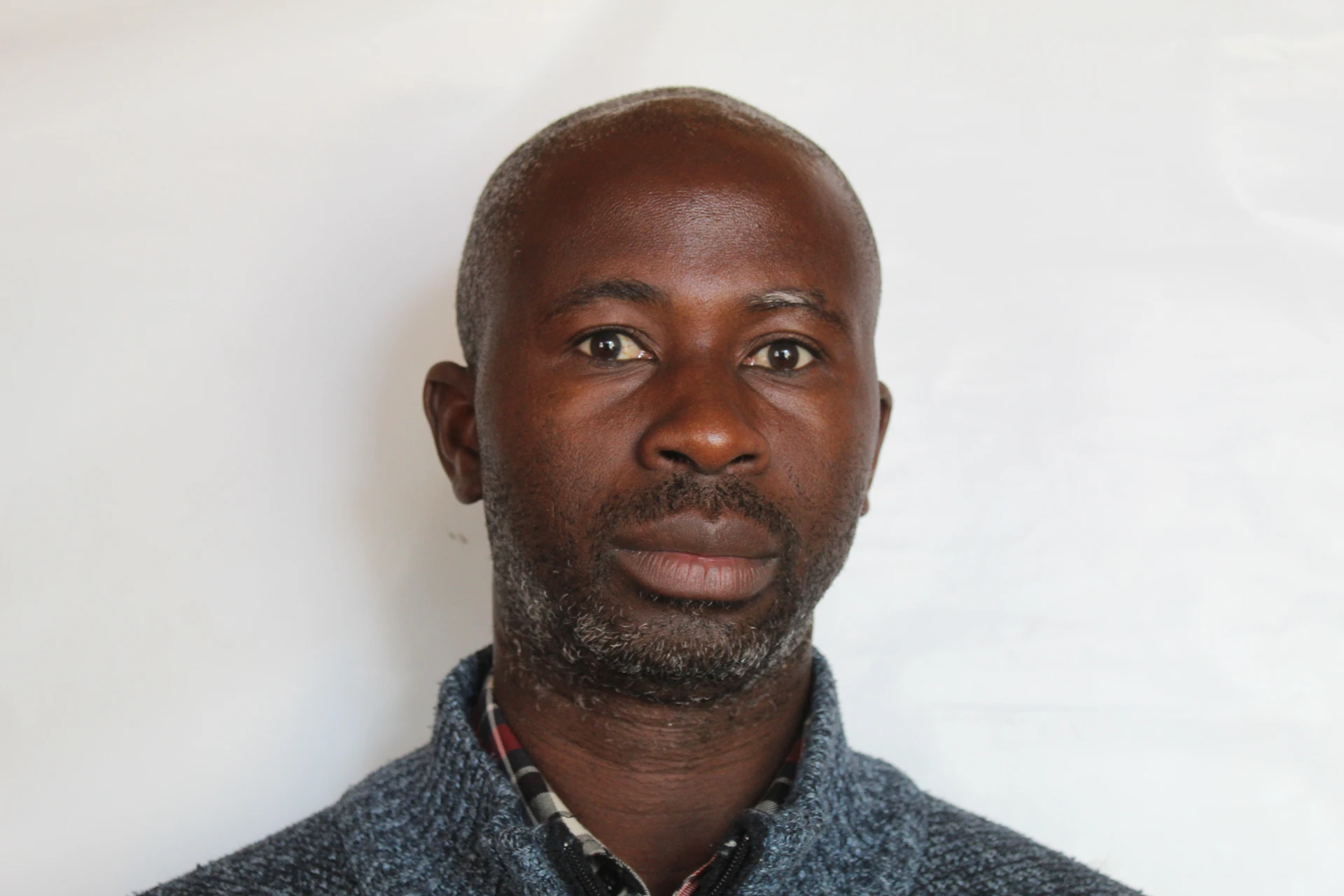Details Stewards
FICHE SIGNALETIQUE DE RUNGANGA Todini
DOMAINE D'EXPERTISE
1. Development of management plans 2. Rock Art documentation and conservation 3. Risk Assessments and Plan development 4. Documentation and conservation of dry stone walls
FORMATION DE BASE
• 2013: Disaster Risk Management at World Heritage Site (AWHF and ICCROM)- Zimbabwe. • 2016: First Aid to Cultural Heritage in Times of Crisis (ICCROM)- Washington DC • 2017: Cultural Heritage and Human Rights- ICOMOS Afrique du Sudand AWHF • 2019: World Heritage Periodic Reporting- Kenya. • 2019- Current : Documentation of Rock Art- University of Toulouse- France
COMPETENCES
Élaboration des documents stratégiques/Elaboration policies
BIOGRAPHIE
As a heritage manager, I am employed by National Museums and Monuments of Zimbabwe. I have worked with world heritage sites for ten years now. My first deployment in 2012 was at Great Zimbabwe World Heritage Site as an assistant curator. My responsibilities included organising stakeholders meetings, day to day conservation of the site and reporting. In 2015, I was a part-time lecturer at Great Zimbabwe University where I was teaching cultural heritage courses and world heritage management of a major component which I taught. In 2018 I was promoted to my current position as site manager at Khami World Heritage Site. I have managed to secure funding and successfully updated the wall register for the site, developed a buffer zone and management plan for the site. In 2019-2022, I developed risk management plan for Natural History Museum which I am lobbying for the same to be developed for Khami. I was appointed to sit in a technical committee which was responsible for the development of Great Zimbabwe 5-year Management (2024-2028). Currently, I am a member of scientific team that is working on technical documentation of rock art sites in Matobo World Heritage Cultural Landscape. I am currently a committee member on African Site Managers Network (ASMN). ASMN is a forum for managers of world heritage sites in Africa. Khami Ruins is affected by the following: Spread of invasive species especially lantana camara and eucalyptus tree Poaching of firewood from neighbouring communities Erosion of soil which affect the stability of walls and unexcavated archaeological material. Contaminated nearby Khami River and dam which produces unpleasant smell. Lack of skills due to brain drain. Quarry mining which is most likely to affect the stability of walls. Low stakeholder buy-in in the management of the site, especially nearby communities.

